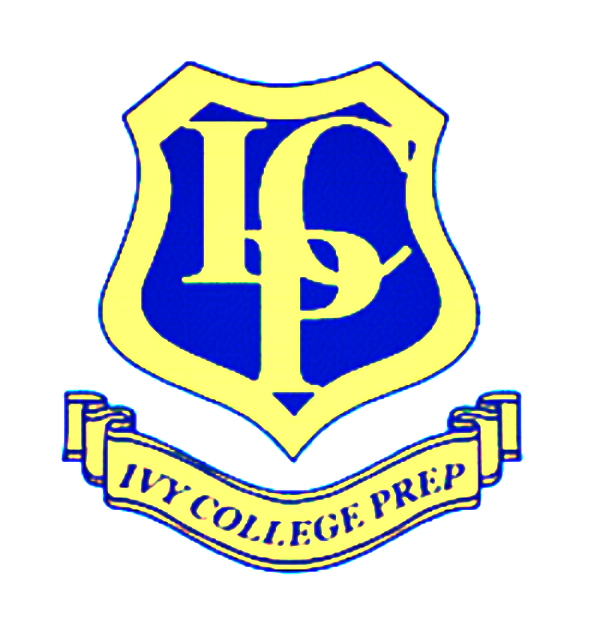Around the time of the Civil War, the United States had hundreds of work colleges in which students contributed 10-15 hours a week to their college community to offset their tuition costs and other expenses.
Today there are only seven work colleges, with Deep Springs being an eighth, though not recognized by the federal government as a work college since it does not seek federal funds. Interestingly, Deep Springs is the only two-year work college whose annual class of 23 students, after 24 months of gardening, tending herds, and fixing fences on its 50,000 acres of sage brush and desiccated expanse, go on to transfer to Yale, Amherst, MIT, and other highly selective colleges. Tuition and Room and board are offset by work, which all students perform.
The other six colleges include a range of schools that are all members of the Work Colleges Consortium (www.workcolleges.org):
Alice Lloyd College (Pippa Passes, Kentucky)
Berea College (Berea, Kentucky)
Blackburn College (Carlinville, Illinois)
College of the Ozarks (Point Lookout, Missouri)
Ecclesia College (Springdale, Arkansas)
Sterling College (Craftsbury Common, Vermont)
Warren Wilson College (Asheville, North Carolina)
Alice Lloyd College, Berea College, and the College of the Ozarks do not charge tuition; consequently, Berea and the College of the Ozarks have respectively, 12% and 10% acceptance rates, making them two of the most competitive campuses in the country. Alice Lloyd College, whose mission “is to educate mountain people for positions of leadership,” was founded by the eponymous Alice Lloyd who journeyed to the Appalachian Mountains in 1915 from Boston to regain her health. What she established became the focal point of her life: providing an education for leaders spread among 108 Appalachian counties throughout five states.
Berea College accepts students from all 50 states and over 60 countries (generally no more than one student is admitted from each international country, all are admitted on full scholarship), with the majority of students (around three-quarters of its 1,661 undergraduates) hailing from Appalachia. Founded in 1855, Berea was the first coeducational and interracial college in the South. It is a Christian school whose mission is to “promote the cause of Christ.”
The Wall Street Journal bestowed the name ‘Hard Work U’ on the College of the Ozarks, which the school trademarked and turned into the school motto. While the students put in regular 10-15 hour weeks ,(with bursts of 40-hour weeks during the holidays), the school distinctly values caring and character above all else, including intellect, which indeed does have its limitations. The 1000-acre campus overlooking Lake Taneycomo prohibits all alcohol on or off campus and has a 13 to 1 student to faculty ratio. Students do not pay one penny in tuition: all students work to cover their educational costs.
The types of jobs students perform range from tutoring, teaching assistance, janitorial, and general office work to the more exotic. College of the Ozarks has students working in an airport, servicing planes, and working as ground crews. It also has positions in a watermill. Berea College employs students in its Boone Tavern Hotel, college farms, and its campus electric plant. Sterling has a farm which nurtures midget rams (certainly a point of conversation on any student resume), while Alice Lloyd assigns students to its radio station, computer repair and day care services. Deep Springs is a working cattle ranch.
The best aspect of the entire work college experience is work doesn’t conflict with learning, rather it enhances it. All the issues surrounding work such as management of students by students, dealing with malingerers, setting hours, fair compensation, and building integrity and self-confidence through actually being a pivotal part of the college community) come into play. Work colleges provide an inclusiveness missing from most colleges, even those that offer coop programs, internships, or work-study programs. At work colleges everyone works, everyone studies and the two create grounded, engaged, and capable students.
It’s a shame only eight remain.





